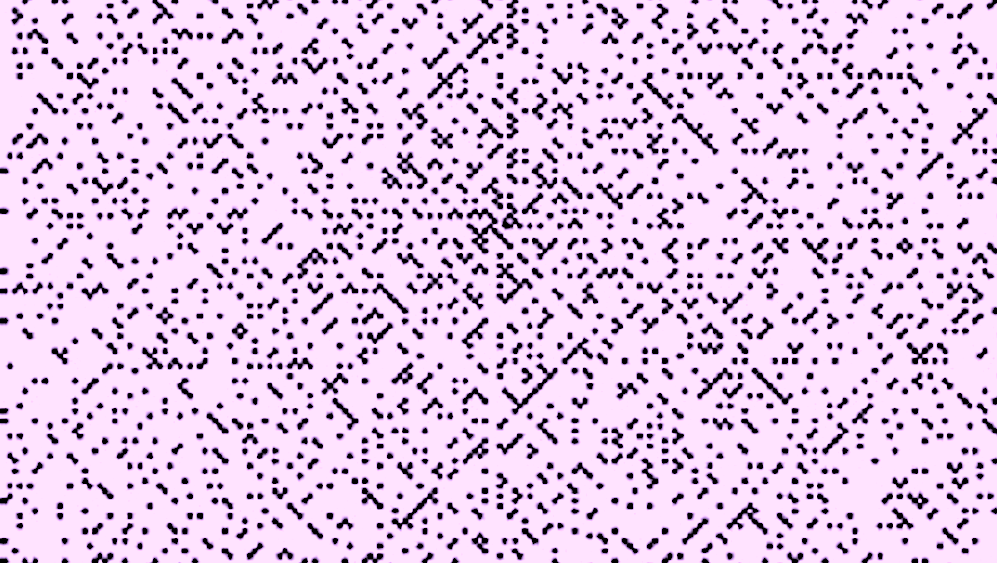If true, a solution to the “abc” conjecture about whole numbers would be “one of the most astounding achievements of mathematics of the 21st century”
The usually quiet world of mathematics is abuzz with a claim that one of the most important problems in number theory has been solved.
Mathematician Shinichi Mochizuki of Kyoto University in Japan has released a 500-page proof of the abcconjecture, which proposes a relationship between whole numbers — a ‘Diophantine’ problem.
The abcconjecture, proposed independently by David Masser and Joseph Oesterle in 1985, might not be as familiar to the wider world as Fermat’s Last Theorem, but in some ways it is more significant. “The abcconjecture, if proved true, at one stroke solves many famous Diophantine problems, including Fermat’s Last Theorem,” says Dorian Goldfeld, a mathematician at Columbia University in New York. “If Mochizuki’s proof is correct, it will be one of the most astounding achievements of mathematics of the twenty-first century.”
By Philipe Ball From Nature magazine Credit: Flickr/Center for Image in Science and Art _ UL
Like Fermat’s theorem, the abc conjecture refers to equations of the form a+b=c. It involves the concept of a square-free number: one that cannot be divided by the square of any number. Fifteen and 17 are square free-numbers, but 16 and 18 — being divisible by 42and 32, respectively — are not.
The ‘square-free’ part of a number n, sqp(n), is the largest square-free number that can be formed by multiplying the factors of n that are prime numbers. For instance, sqp(18)=2×3=6.
If you’ve got that, then you should get the abcconjecture. It concerns a property of the product of the three integers axbxc, or abc— or more specifically, of the square-free part of this product, which involves their distinct prime factors. It states that for integers a+b=c, the ratio of sqp(abc)r/calways has some minimum value greater than zero for any value of rgreater than 1. For example, if a=3 and b=125, so that c=128, then sqp(abc)=30 and sqp(abc)2/c = 900/128. In this case, in which r=2, sqp(abc)r/c is nearly always greater than 1, and always greater than zero.
Deep connection
It turns out that this conjecture encapsulates many other Diophantine problems, including Fermat’s Last Theorem (which states that an+bn=cnhas no integer solutions if n>2). Like many Diophantine problems, it is all about the relationships between prime numbers. According to Brian Conrad of Stanford University in California, “it encodes a deep connection between the prime factors of a, b and a+b”.
Many mathematicians have expended a great deal of effort trying to prove the conjecture. In 2007, French mathematician Lucien Szpiro, whose work in 1978 led to the abcconjecture in the first place claimed to have a proof of it, but it was soon found to be flawed.
Like Szpiro, and also like British mathematician Andrew Wiles, who proved Fermat’s Last Theorem in 1994, Mochizuki has attacked the problem using the theory of elliptic curves — the smooth curves generated by algebraic relationships of the sort y2=x3+ax+b.
There, however, the relationship of Mochizuki’s work to previous efforts stops. He has developed techniques that very few other mathematicians fully understand and that invoke new mathematical ‘objects’ — abstract entities analogous to more familiar examples such as geometric objects, sets, permutations, topologies and matrices. “At this point, he is probably the only one that knows it all,” says Goldfeld.
Conrad says that the work “uses a huge number of insights that are going to take a long time to be digested by the community”. The proof is spread across four long papers1–4, each of which rests on earlier long papers. “It can require a huge investment of time to understand a long and sophisticated proof, so the willingness by others to do this rests not only on the importance of the announcement but also on the track record of the authors,” Conrad explains.
Mochizuki’s track record certainly makes the effort worthwhile. “He has proved extremely deep theorems in the past, and is very thorough in his writing, so that provides a lot of confidence,” says Conrad. And he adds that the pay-off would be more than a matter of simply verifying the claim. “The exciting aspect is not just that the conjecture may have now been solved, but that the techniques and insights he must have had to introduce should be very powerful tools for solving future problems in number theory.”
This article is reproduced with permission from the magazine Nature. The article was first publishedon September 10, 2012.

